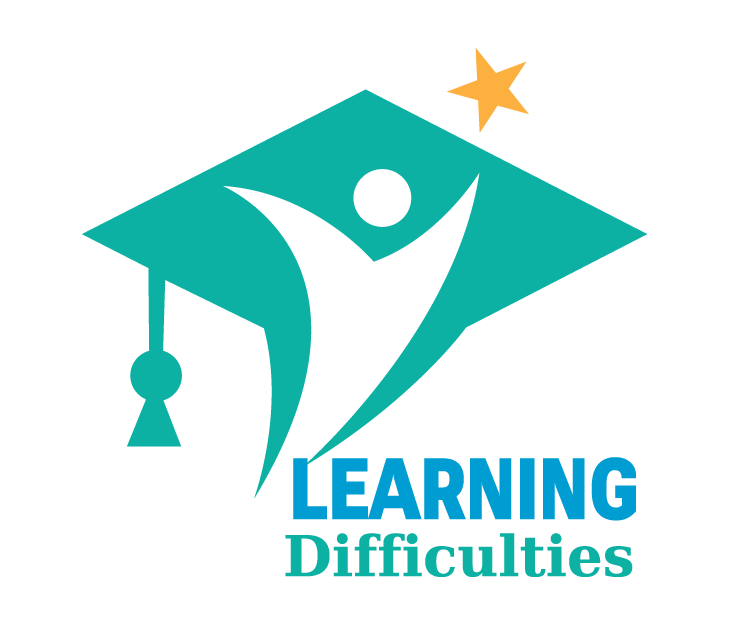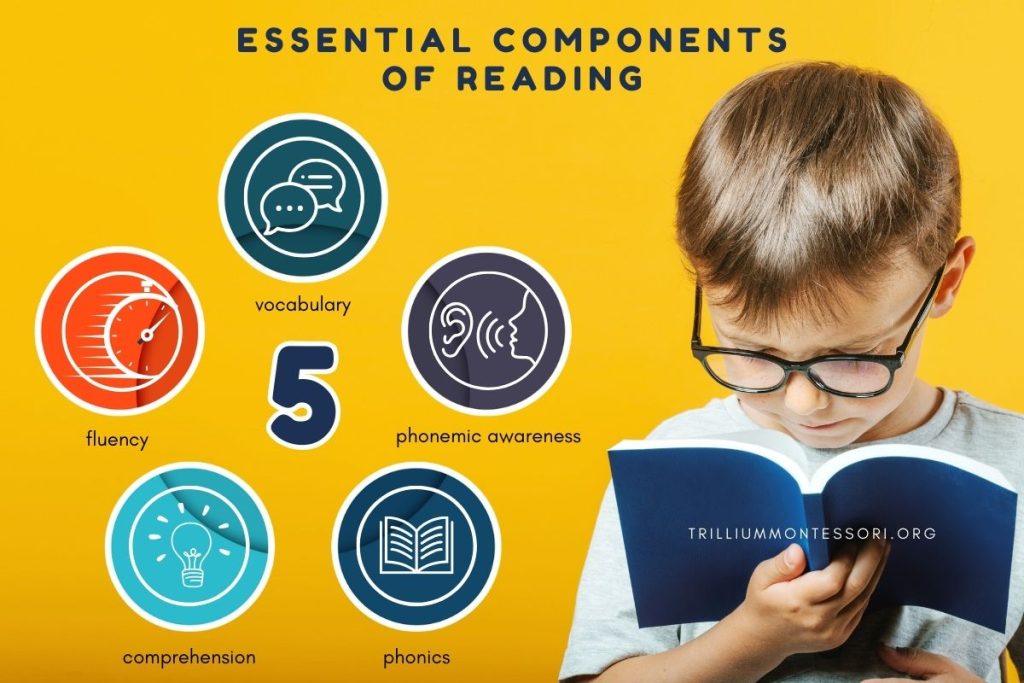📚 The 5 Essential Components of Reading: What Every Parent Should Know
Reading is one of the most important skills your child will ever learn. But what many parents don’t realize is that reading is not a single skill—it’s made up of five essential components that must all work together for a child to become a confident, capable reader.
Whether your child is just beginning to explore books or is already in school, understanding these building blocks can help you support them at home—and help you know when extra help might be needed.
Let’s dive into the five key components of reading , often referred to as the Five Pillars of Reading.
1. 🔤 Phonemic Awareness – The Foundation of Sound
Phonemic awareness is the ability to hear and manipulate the individual sounds (called phonemes) in spoken words. It’s an auditory skill—not about letters yet, but about the sounds themselves.
Examples include:
*Recognizing rhyming words (cat, hat, bat)
*Identifying the first sound in a word (“/d/ is the first sound in dog”)
*Blending sounds to form words (“/s/ /u/ /n/ makes sun”)
*Segmenting words into individual sounds (“mat” = /m/ /a/ /t/)
🧠 Why it matters: Children with strong phonemic awareness have an easier time learning to read and spell because they understand that words are made up of sounds.
2. 📘 Phonics – Linking Letters and Sounds
Phonics connects the sounds of spoken language to written letters. Once children can hear sounds, phonics helps them connect those sounds to the corresponding letters (graphemes).
Skills taught in phonics include:
*Letter-sound relationships (e.g., “b” says /b/)
*Decoding simple words (sounding out “dog”)
*Understanding spelling patterns (e.g., “ck” in “duck”)
*Recognizing word families and patterns
📖 Why it matters: Without phonics, children may struggle to decode (sound out) unfamiliar words. Strong phonics skills lead to greater reading independence.
3. 🗣️ Fluency – Reading with Ease and Expression
Fluency is the ability to read text accurately, quickly, and with proper expression. A fluent reader doesn’t have to stop and decode every word—they recognize many words instantly and read smoothly.
Fluent readers can:
*Read aloud with rhythm and intonation
*Pause naturally at punctuation
*Focus on meaning instead of sounding out every word
🚀 Why it matters: Fluency acts as a bridge between decoding and comprehension. If reading is slow and choppy, it’s harder for a child to understand what they’ve read.
4. 🧠 Vocabulary – Knowing the Meaning of Words
Vocabulary refers to the words a child understands and uses. A rich vocabulary is essential for reading comprehension because if a child doesn’t understand the meaning of the words on the page, they can’t grasp the full message.
How vocabulary grows:
*Daily conversations
*Reading aloud
*Independent reading
*Real-world experiences and questions
📈 Why it matters: Vocabulary is directly linked to academic achievement. The more words your child knows, the better they understand what they read—and the more they can learn from texts.
5. 🔍 Comprehension – Understanding and Thinking About What is Read
Comprehension is the ultimate goal of reading. It’s the ability to understand, remember, and apply what has been read.
Strong comprehension involves:
*Making predictions
*Asking and answering questions
*Visualizing scenes from a story
*Summarizing what was read
*Making connections to personal experiences
📚 Why it matters: Comprehension is what turns reading into learning. Whether it’s a bedtime story or a science textbook, comprehension ensures your child can make meaning from the words on the page.
🎯 How These Skills Work Together
These five components are not learned in isolation—they develop simultaneously and support each other. For example:
A child may decode a word correctly (phonics), but if they don’t know the word’s meaning (vocabulary), comprehension breaks down.
A child may recognize all their sight words, but if they read too slowly (lack of fluency), they may forget what the sentence said by the time they reach the end.
That’s why a balanced, research-based reading program is essential. It should include daily practice in all five areas, customized to each child’s needs.
🧩 How Our Program Supports All Five Components
At Learning Difficulties , our 1-on-1 Reading Enrichment sessions are designed around these five pillars. Whether your child needs a gentle introduction to phonics or targeted support in comprehension and fluency, we create a personalized plan that meets them exactly where they are.
We also offer:
✔️ Support for struggling readers and those with dyslexia (Orton-Gillingham approach)
✔️ Progress tracking and parent feedback
✔️ A caring, supportive environment that builds confidence
📩 Interested in learning more?
Reach out today for a consultation or to enroll your child. We’re here to help build strong, joyful readers—one child at a time.
📌 Related Topics You Might Like:
Reading Milestones by Age
Signs Your Child May Need Reading Support
[How to Help at Home: 5 Simple Reading Activities]

